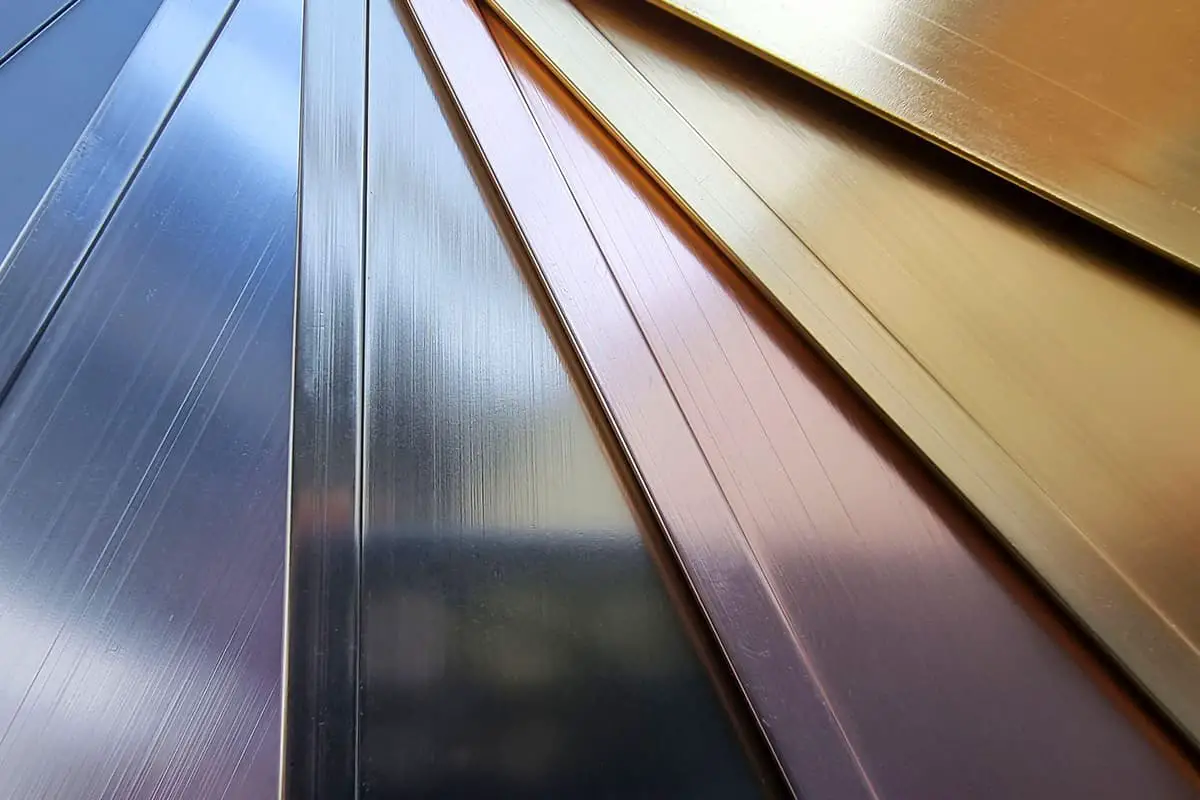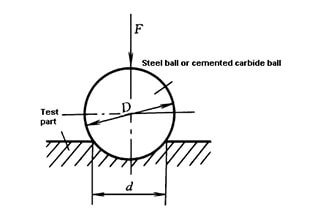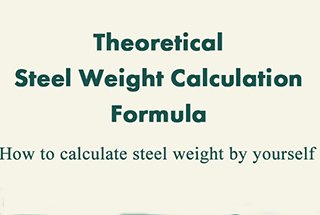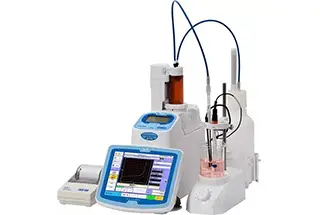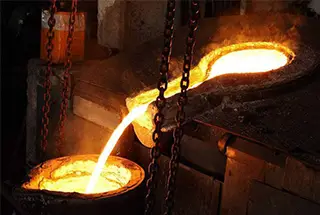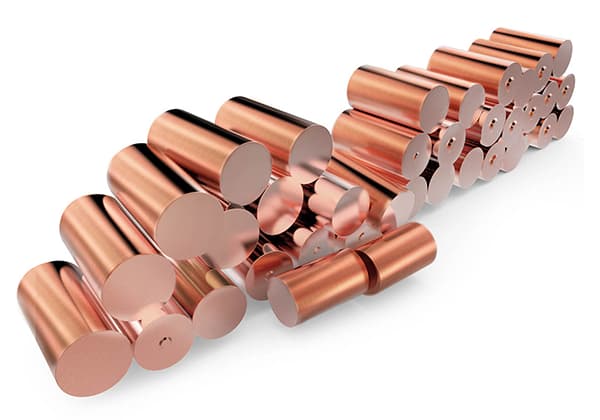
Have you ever wondered how to precisely calculate the weight of beryllium copper for your projects? In this article, we’ll explore an easy-to-use weight calculator based on a density of 8.25g/cm³. You’ll learn how to adjust for different densities and ensure accurate measurements every time.

Beryllium copper, often abbreviated as BeCu, is a copper alloy that incorporates beryllium as its principal alloying element. This unique combination imparts a variety of exceptional properties, making it a highly versatile material in numerous industrial applications.
Beryllium copper typically contains between 0.4% to 2% beryllium, with the remainder being copper. Occasionally, small amounts of other elements may be added to enhance specific characteristics. The precise composition can vary depending on the intended application and desired properties.
One of the standout features of beryllium copper is its remarkable strength and hardness. In its age-hardened state, BeCu achieves the highest strength among all commercial copper alloys, with tensile strengths exceeding 200,000 PSI (approximately 1,400 MPa). This makes it suitable for applications requiring high mechanical performance, even under extreme conditions.
Beryllium copper alloys are categorized into high-strength and high-conductivity grades. High-conductivity grades, while slightly lower in tensile strength (around 120,000 PSI), offer excellent electrical and thermal conductivity. This dual capability makes BeCu an ideal choice for electronic connectors, telecommunications products, and computer components.
Beryllium copper demonstrates high resistance to corrosion and tarnishing, which is a significant advantage over other metals. It is particularly resistant to hydrogen embrittlement and chloride-induced stress corrosion cracking. This makes BeCu suitable for harsh environments, including saline and chemical exposures, where durability and longevity are critical.
Prior to hardening, beryllium copper exhibits moderate hardness and high ductility, making it relatively easy to machine and form. It can be worked using conventional metalworking techniques and retains its shape well after heat treatment. This machinability allows for the precise fabrication of complex components.
Beryllium copper is both non-magnetic and non-sparking. These properties are particularly valuable in hazardous environments such as oil rigs, coal mines, and other explosive settings. Tools and components made from BeCu can safely operate without the risk of sparking, which could ignite flammable gases or dust.
The alloy maintains its strength and thermal conductivity across a wide range of temperatures, from extremely low to very high. This makes it suitable for use in cryogenic applications and high-performance engine components, such as valve seats and guides, which must perform reliably under varying thermal conditions.
Beryllium copper’s resistance to biofouling makes it a preferred material in marine applications. It is often used in undersea cable communication systems and connectors, where exposure to marine organisms can otherwise degrade performance over time.
This beryllium copper weight calculator utilizes a standard density value of 8.25 g/cm³ for beryllium copper alloys. However, it’s important to note that the exact density can vary depending on the specific alloy composition and manufacturing process. For precise calculations, users have the option to input a custom density value that matches their particular beryllium copper grade.
To assist in selecting the appropriate density, users can consult the comprehensive metal density table provided. This table includes density values for various beryllium copper alloys and other metals commonly used in industrial applications.
For more calculations on metal weight, you can use our metal weight calculator.
For broader metal weight calculations beyond beryllium copper, our metal weight calculator offers a versatile tool capable of handling a wide range of metallic materials and geometries. This calculator is particularly useful for engineers, designers, and manufacturers working with diverse metal components and structures.
It’s worth noting that beryllium copper alloys, known for their unique combination of high strength, excellent electrical and thermal conductivity, and non-sparking properties, find applications in various industries including aerospace, electronics, and oil & gas. When using this calculator for critical applications, it’s advisable to verify the results against material specifications and conduct physical measurements when possible to ensure accuracy.
Below are answers to some frequently asked questions:
A beryllium copper weight calculator operates by using the material’s density and the dimensions of the specific shape to compute its weight. Here’s how it works:
First, you select beryllium copper as the material from a list provided by the calculator. The density of beryllium copper generally ranges from 8100 to 8250 kg/m³.
Next, you input the dimensions of the beryllium copper object. The required dimensions depend on the shape:
The calculator uses the formula: [ \text{Weight} = \text{Volume} \times \text{Density} ] to determine the weight. The volume is calculated based on the entered dimensions. For example, the volume of a sheet is found by multiplying its length, width, and thickness.
If you are calculating the weight of multiple pieces, you multiply the volume by the density and the number of pieces:
Total Weight = Volume x Density x Number of Pieces
The calculator typically uses density in kg/m³, but some allow conversion to other units if needed. For instance, using an average density of 8175 kg/m³, the weight of a beryllium copper sheet with dimensions 1 meter in length, 0.5 meters in width, and a thickness of 1 mm (0.001 meters) would be calculated as:
Volume = 1m x 0.5m x 0.001m = 0.0005 m3
Weight =0.0005m3 x 8175 kg/m3= 4.0875 kg
By following these steps, the calculator provides an accurate estimate of the weight based on the material’s density and dimensions.
Accurately converting units when calculating the weight of beryllium copper is crucial for several reasons. First, precise calculations ensure safety and precision in engineering and manufacturing. Errors in unit conversion can lead to significant miscalculations, potentially compromising the structural integrity or performance of the final product. Historical incidents like the Mars Climate Orbiter disaster highlight the severe consequences of such errors.
Second, accurate unit conversions facilitate standardization and compatibility, especially in international contexts where different measurement systems are used. This ensures that components and systems fit and function correctly. For beryllium copper, this consistency is vital for accurate material selection and manufacturing processes.
Third, accurate unit conversions enable proper analysis and comparison of materials. Correctly converted weights ensure that material properties and quantities are accurately represented, aiding in reliable statistical analyses and environmental impact assessments.
Fourth, avoiding errors in calculations is essential. Common mistakes, such as using incorrect conversion factors or failing to account for derived units, can lead to substantial discrepancies. These errors could affect the calculation of beryllium copper weight, leading to incorrect ordering or machining.
Finally, maintaining clarity and effective communication through accurate unit conversions is important. Clear labeling and correct conversions ensure that all stakeholders understand the specifications accurately, reducing misunderstandings and errors. Following best practices, such as using reliable conversion software and double-checking results, helps ensure the reliability of data across different measurement systems.
Online weight calculators for beryllium copper can be reliable for estimating the weight, provided certain conditions are met. The accuracy of these calculators largely depends on the precision of the density values they use, which should align with the typical density range of beryllium copper (8.25-8.5 g/cm³). Additionally, the accuracy of the weight estimation hinges on the exactness of the dimensions inputted into the calculator. Any errors in measuring length, width, height, or diameter will affect the final calculation.
Moreover, the specific form of the beryllium copper (such as round bars, sheets, or tubes) requires distinct formulas to determine volume, and the calculators must support the form you are working with. It is also essential to recognize that actual weights can vary due to manufacturing tolerances and variations in material composition. As a result, the calculated weights should be treated as estimates rather than precise values.
In summary, online weight calculators for beryllium copper can provide reliable estimates if they use accurate density values, precise measurements are entered, the specific metal form is supported, and users understand that the results are subject to minor variations due to manufacturing tolerances.

